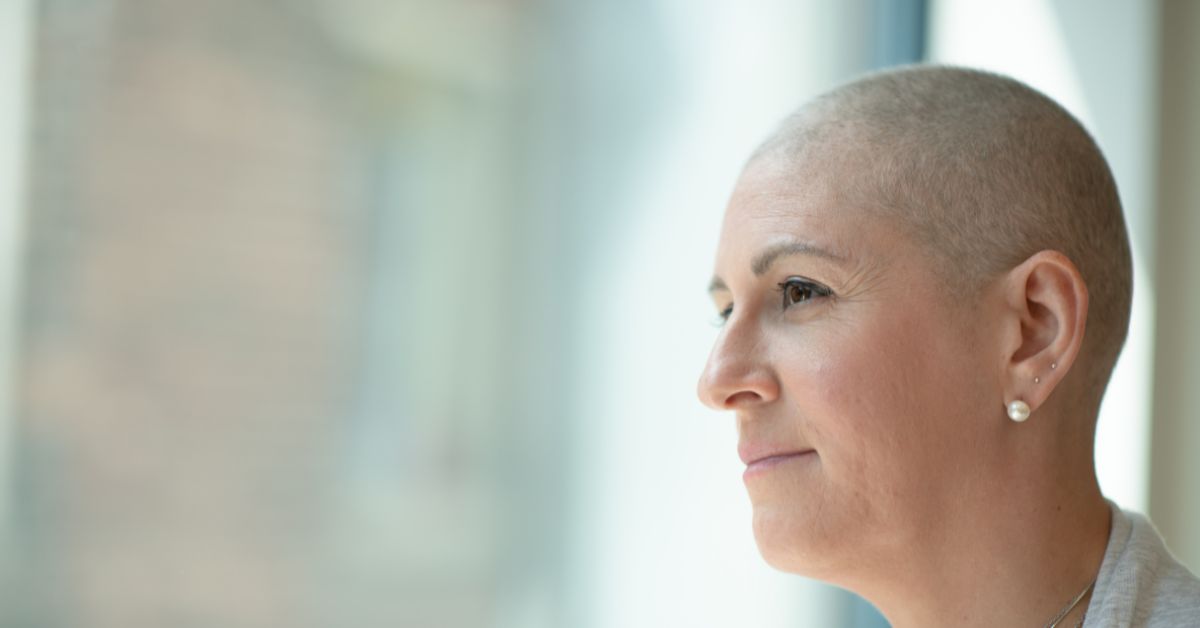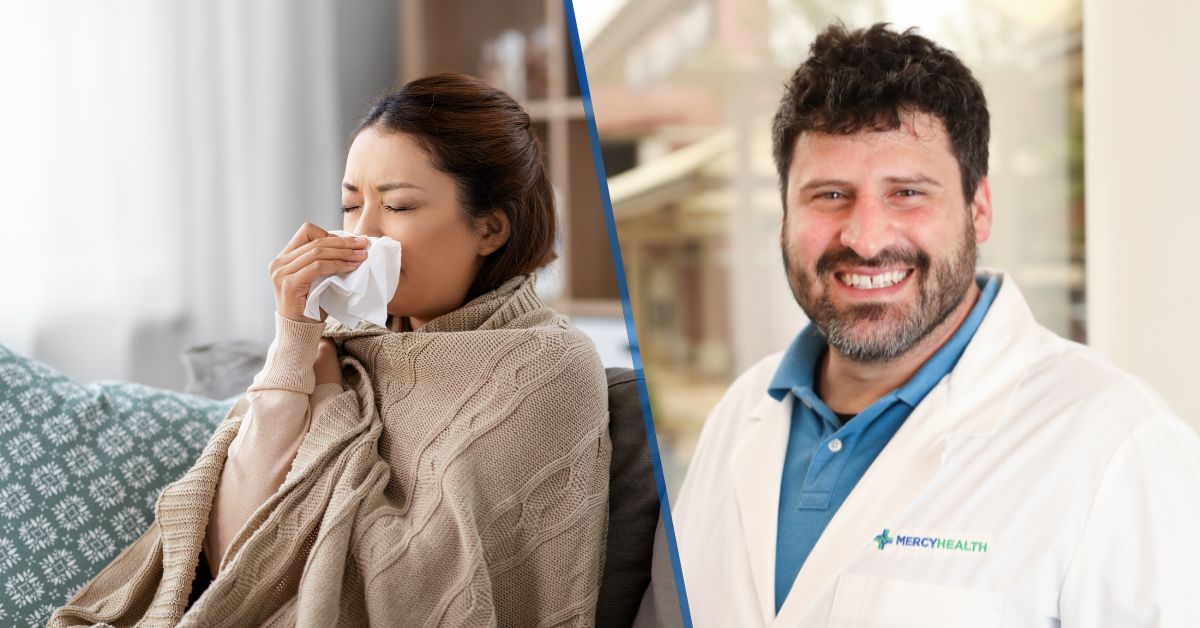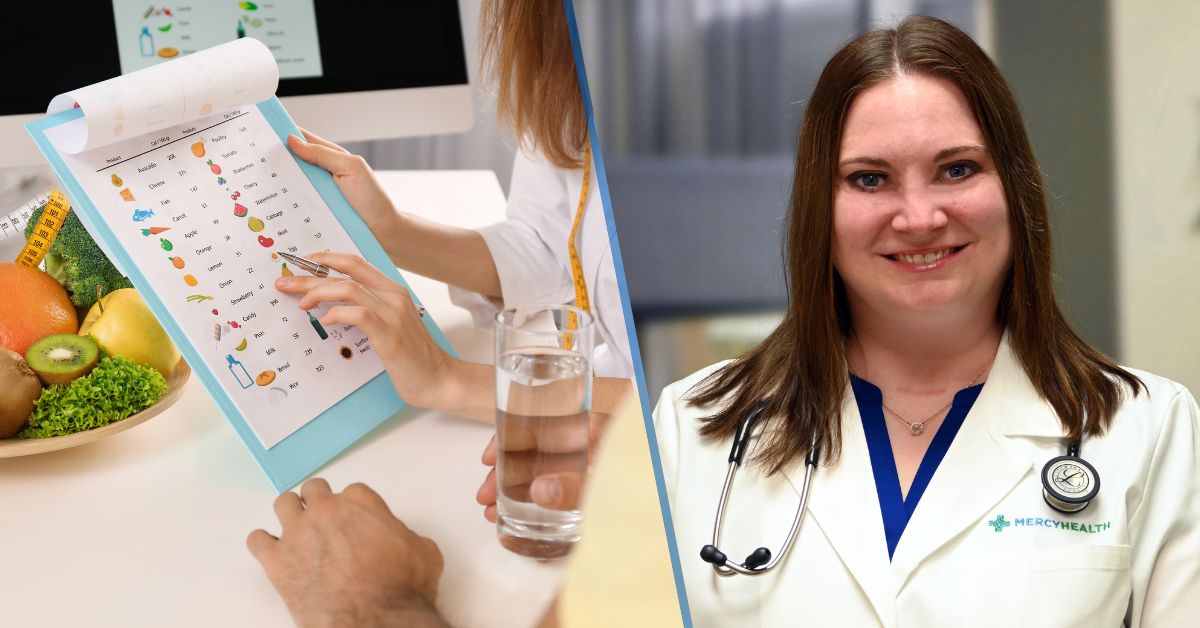What is the BRCA gene and when it is dangerous?
Breast cancer happens for many different reasons. Lifestyle choices and age can play roles in whether someone gets it. Some people’s bodies carry genes that might cause breast cancer to grow. The genes that tell breast cells to grow normally are called BRCA genes. They usually repair cell damage, but sometimes the genes don’t work the way they should. They can form incorrectly. These are called BRCA1 and BRCA2 genes. BRCA1 and BRCA2 may play a role in whether someone is more likely to get breast cancer. Learning about how these genes work can improve your understanding of breast cancer risk factors.
What are genes?
To understand BRCA genes, it helps to know what genes are and how they work. Lots of cells in your body contain DNA. DNA tells cells how to build proteins. These proteins control how the cells are made and what they do. Think of DNA like an instruction manual for cells. In that instruction manual, there are different chapters. These chapters are your genes. They’re small sections of DNA that tell your cells specific things to do.
Genes sometimes have incorrect information — like a typo in a chapter. They might instruct a cell to do something that it shouldn’t. This is called a mutation. A mutation can affect all the cells that carry the gene. BRCA genes are what tell your breast, ovarian and other cells how to grow. They can have mutations, too.
What are BRCA1 and BRCA2?
BRCA1 and BRCA2 are two separate genes. They’re located on different chromosomes, which are parts of your DNA. If these genes have mutations, they can tell cells to grow in a way that increases your risk of getting breast and other types of cancer. You can inherit these mutations. Some people call them “breast cancer genes.” Having BRCA1 can also raise your risk of getting cervical, uterine and colon cancers. BRCA2 can raise your risk of skin, stomach, bladder and bile duct cancers.
Not everyone who has BRCA1 or BRCA2 mutations will get breast cancer, or any cancer. About 90% of women who get breast cancer don’t have the mutations, notes the National Breast Cancer Coalition.
Are you high risk?
Some people are at a higher risk of inheriting BRCA1 or BRCA2 genes. Doctors can do tests to see if you have these genes. First, they look for certain warning signs. These include having:
- A male relative with breast cancer
- A relative with a known BRCA1 or BRCA2 mutation
- A first-degree relative, like your mom or sister, with cancer in both breasts
- A first-degree relative who was diagnosed with breast cancer before age 50
- Two first-degree relatives who have been diagnosed with breast cancer at any age
- Three or more first- or second-degree relatives (like grandmothers or biological aunts) who’ve had breast cancer
- Any first- or second-degree relatives who’ve been diagnosed with both breast cancer and ovarian cancer at any age
If you have any of these warning signs, let your doctor know. They may want to have you do a blood test that can show whether you have BRCA1 or BRCA2 mutations. If you do test positive, there are treatments your doctor can start that may help reduce your cancer risk.
The rise of preventive mastectomies
Sometimes when people find out they carry the BRCA1 or BRCA2 gene, they have a procedure called a preventive mastectomy. A mastectomy is surgery to remove a breast. In this case, it’s preventive because doctors do it before a person gets sick. This surgery can reduce the risk of breast cancer in the future for someone who has a higher chance of getting that cancer. If someone has a family history of breast cancer, they might also choose a preventive mastectomy.
In 2013, actress Angelina Jolie had a preventive mastectomy of both breasts. This inspired women to start being more proactive about breast health. Called “The Angelina Effect,” the celebrity’s decision led to more women getting genetic testing to see if they had BRCA1 or BRCA2 genes. Even if you don’t have any warning signs, this is a great reminder to take charge of your health and have regular mammograms.
Are you interested in learning more about breast cancer risk factors? Visit Mercy.com today to make an appointment with a specialist. We’ll help you start on your path to positive breast health.






